
The above shot of CovMac's drip tray shows extent of this lathe – the tray is about eight feet long, and made of mild sheet steel. You can see the remains of a pumped coolant system, a collecting tank at the far end, and rising pipe in the left foreground, but those are the only signs left of it. We will likely never know its nature.
Phil – Are there any signs of a pumped coolant system on yours? I know it has the tank.
Below is the lathe bed, minus headstock, awaiting collection. The steel rod, run through the bed's eyehole, was my salvation when lowering the bed, on the crane, when it had a really snakey wish to roll over forwards onto the screw-cutting gearbox. CovMac engineers of 1940 were very thoughtful, putting that handling eye in. I imagine, with lathe fully complete, that this is its perfect balance point, with carriage and apron rolled up to the tailstock end. At the moment the carriage is stuck headstock end, because I forgot I had removed the gap piece, and I accidentally rolled the carriage too far left, when giving it an initial clean-up, and disengaged rack from pinion – no amount of persuading would get it back on again. It is stuck there until dismantling time.
The twin green slings, 2 ton rated, are visible – the left hand one is one metre long, and I looped it basket fashion down through the head casting onto the steel bar through the eyehole; in this manner, basket handle fashion, the sling is rated to lift four tons. (This was a confidence builder).The other, two metres, went around one of the casting's bulkheads to right of centre. This inner method was much safer than looping on the outside, because I would have had to protect lead-screw and power feed bar.
The whole worked beautifully, apart from tailstock rising, and significant roll-over forward impetus on landing. Both were controllable.
We all survived CovMac, me, slings and crane. I have huge affection for this lathe, now. I am beginning to get to know it.
Chris.

Doug Goding.




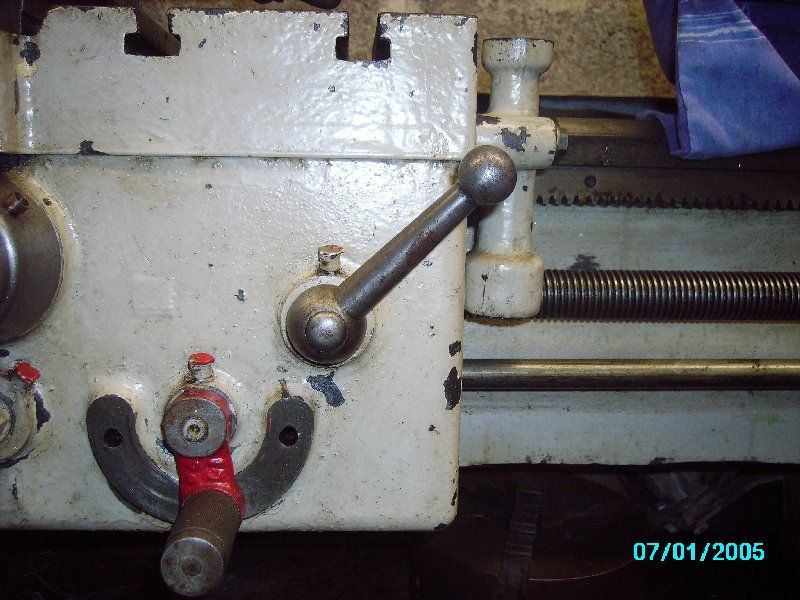
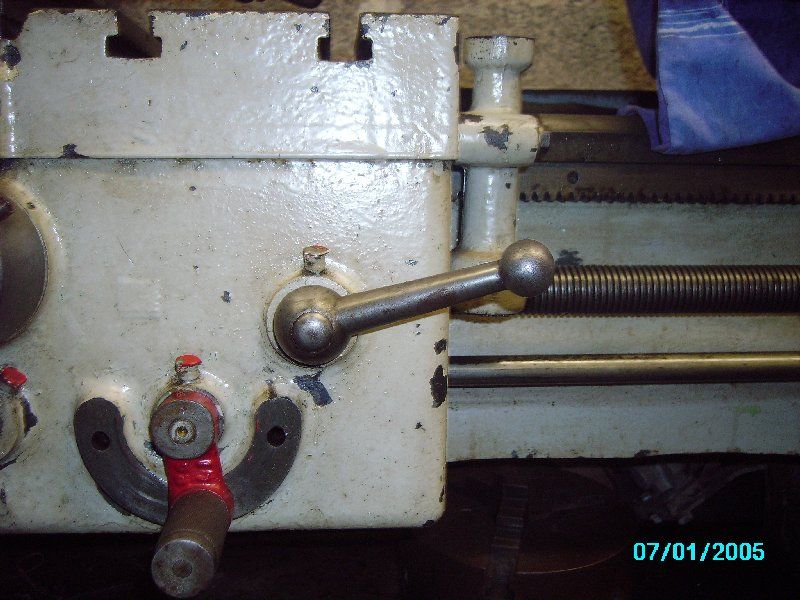
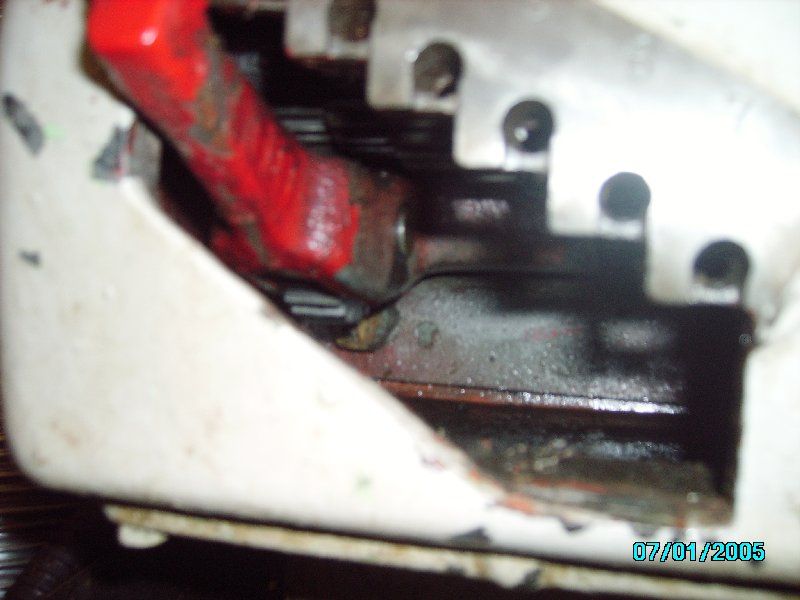
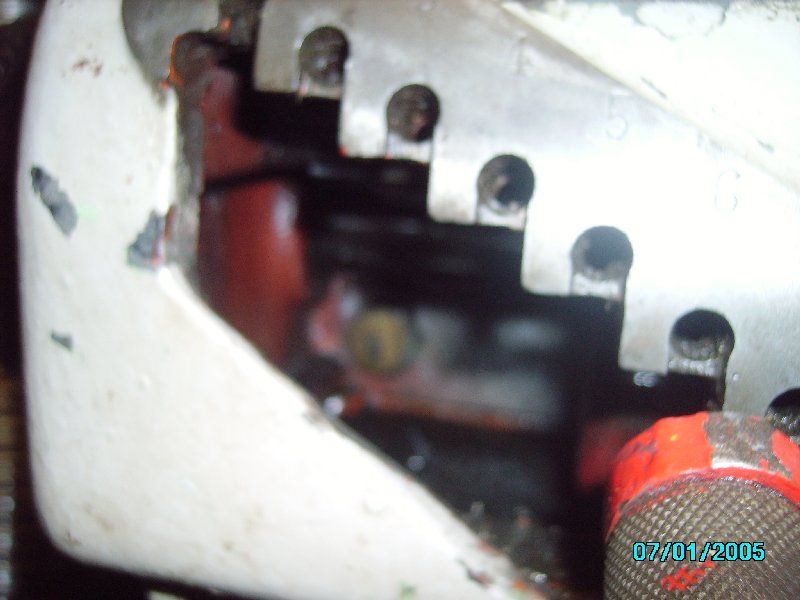
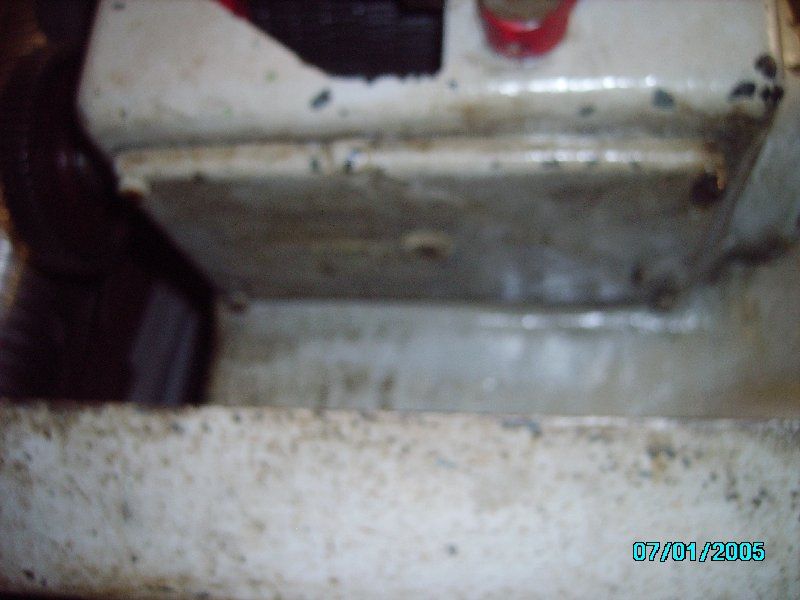
 then I forgot which way round the lever worked, so I had to go back again, but I have had a message to say that Richard the joiner is coming in the morning (Sunday!) to fit the new front door and frame, which is excellent, so I needed to check if I had enough cement, know what I mean!
then I forgot which way round the lever worked, so I had to go back again, but I have had a message to say that Richard the joiner is coming in the morning (Sunday!) to fit the new front door and frame, which is excellent, so I needed to check if I had enough cement, know what I mean!


